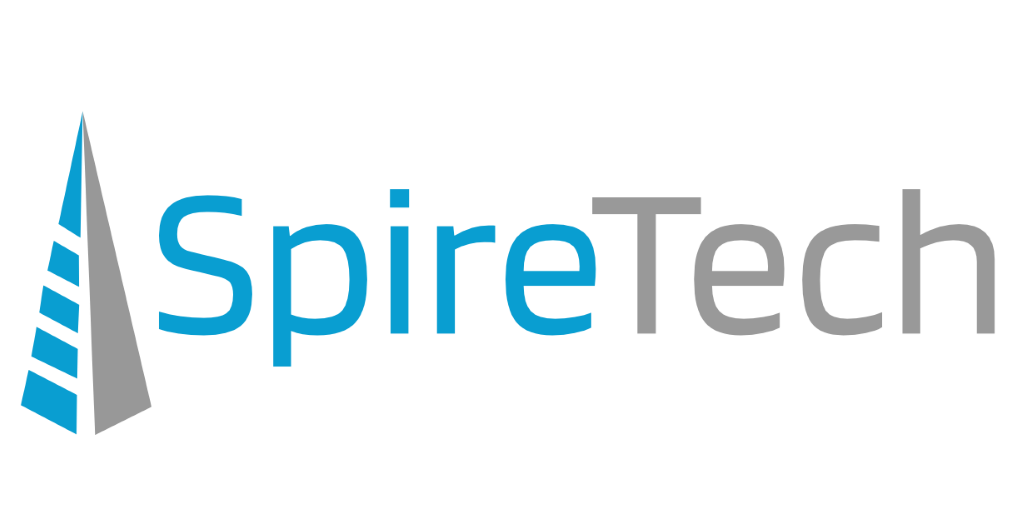Many things are changing in the world right now, and technology is no exception. As usual, we are spending a lot of time on R&D, training, and investigating new technology. Why do you care? Because we see...
SpireTech Company News and Tips
Azure
Defending against ransomware using system design
used with permission from Microsoft Secure, by Michael Melone, Principal Cybersecurity Consultant, Enterprise Cybersecurity Group Earlier this year, the world experienced a new and highly-destructive type of ransomware. The novel aspects of WannaCry and Petya were not...
